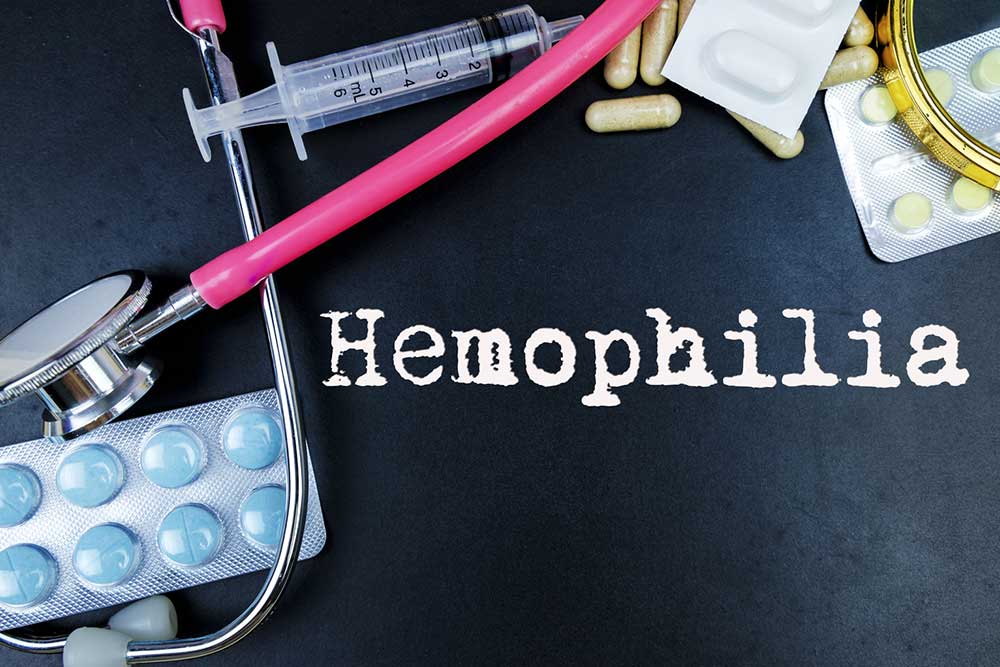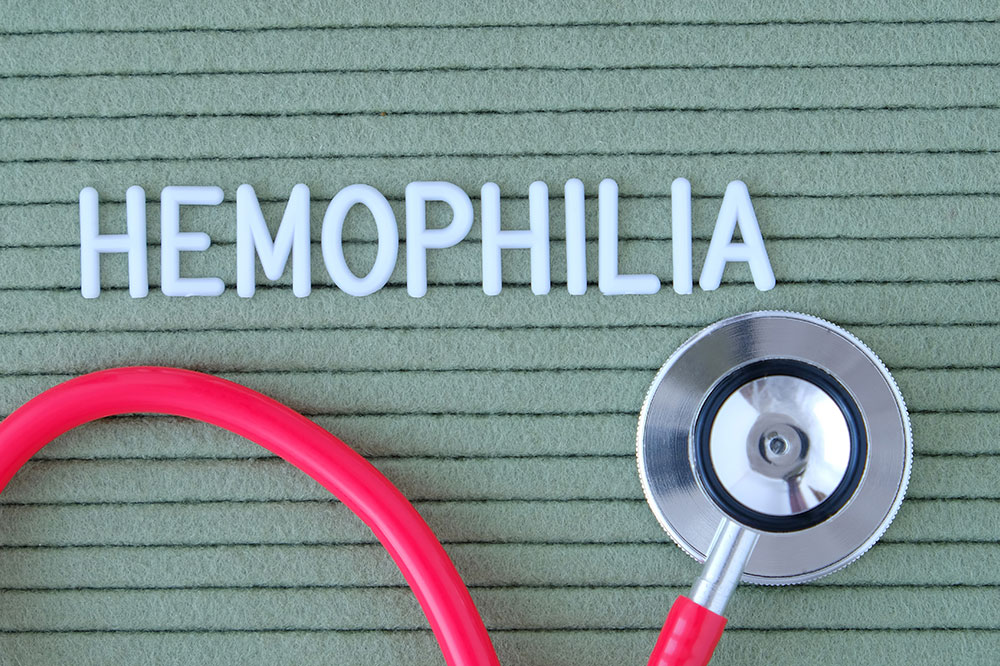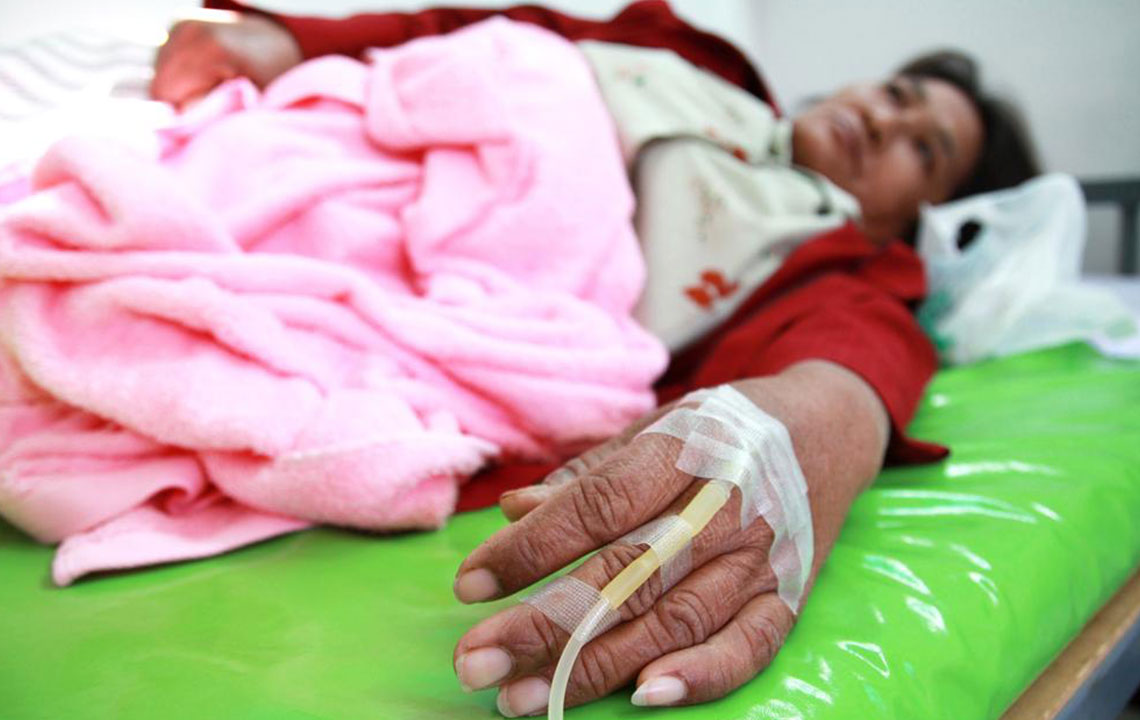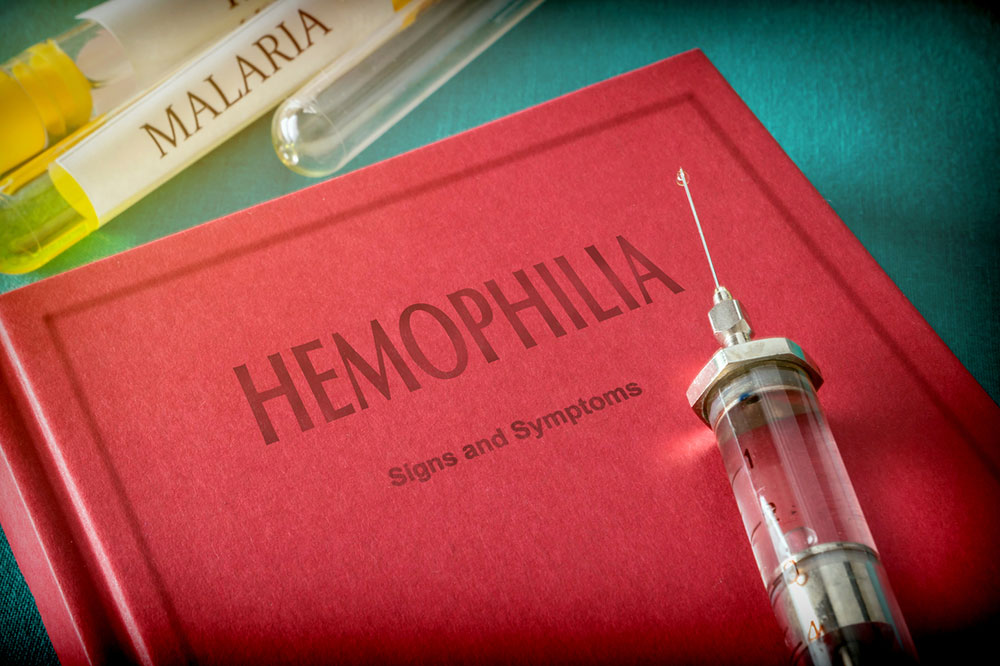Comprehensive Guide to Hemophilia: Symptoms, Types, and Available Treatments
This comprehensive guide explores hemophilia, a hereditary bleeding disorder caused by clotting factor deficiencies. It details symptoms, types, causes, and the latest treatment options, including replacement therapies and promising gene therapies. Understanding this condition helps patients and caregivers manage risks effectively and improve quality of life. Early diagnosis and tailored treatment are critical in preventing severe complications such as joint damage or internal bleeding, making hemophilia manageable with ongoing medical advancements.
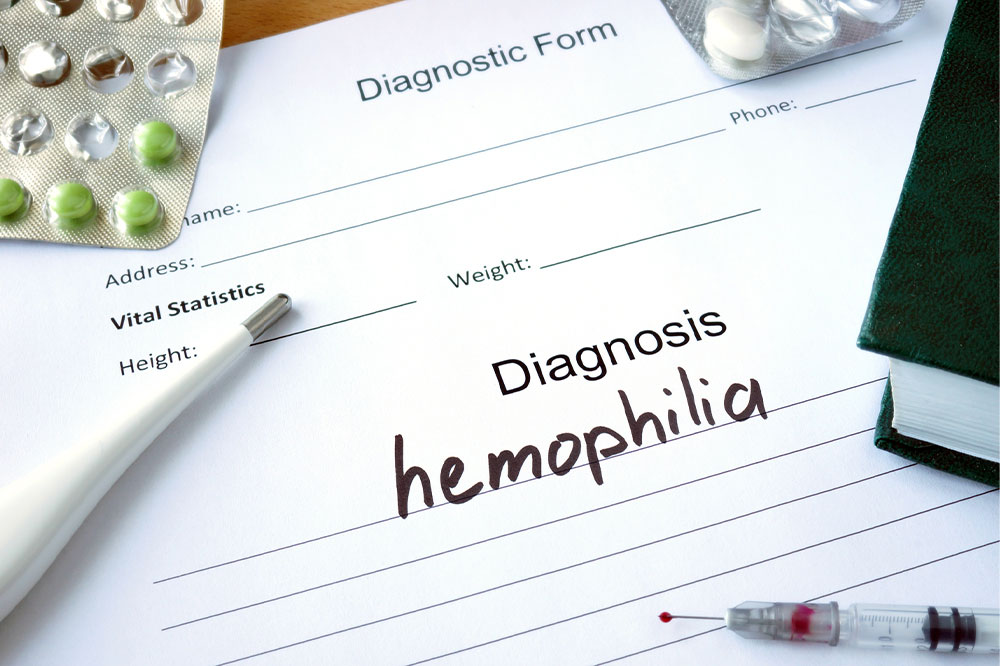
Comprehensive Guide to Hemophilia: Symptoms, Types, and Available Treatments
The human body operates through a highly coordinated system involving various organs and tissues working together seamlessly. Central to this process is the blood clotting mechanism, a vital function that kicks in immediately following an injury to prevent excessive bleeding. However, in some individuals, this process is disrupted due to genetic deficiencies, leading to rare but serious bleeding disorders. One such disorder is hemophilia, a condition that can significantly impact quality of life if not properly managed.
Understanding Hemophilia
Hemophilia is a hereditary bleeding disorder caused by the deficiency of specific blood clotting factors—proteins essential for blood coagulation. When these factors are absent or deficient, the blood does not clot properly, resulting in increased bleeding episodes that can occur spontaneously or following injury or surgery. While hemophilia primarily affects males due to its genetic inheritance pattern, females can also be carriers and occasionally experience symptoms.
Individuals with hemophilia are highly vulnerable to significant bleeding episodes, which can sometimes involve internal organs such as the kidneys, stomach, or brain. These internal bleeds pose serious health risks and may cause permanent damage if not promptly treated. Managing hemophilia requires specialized medical care, primarily focusing on replacing the missing clotting factors through various treatments. Patients often require lifelong management strategies to prevent or control bleeding episodes, reduce complications, and improve their quality of life.
Recognizing the Symptoms of Hemophilia
Detecting hemophilia early is crucial for effective treatment and preventing severe outcomes. Common symptoms include:
Persistent joint swelling, stiffness, and pain due to repeated bleeding into the joints (hemarthrosis), which can lead to crippling joint damage over time.
Blood pooling beneath the skin, causing large, painful contusions or hematomas.
Bleeding following minor injuries, surgical procedures, or dental work, often accompanied by prolonged bleeding times.
Recurrent nosebleeds (epistaxis) that are difficult to control and may occur spontaneously.
Bleeding in the oral cavity, including gums, or after dental extractions or tooth loss.
Presence of blood in urine (hematuria) or stool, indicating internal bleeding in the urinary or gastrointestinal tracts.
Bleeding in the throat that can compromise breathing and requires immediate medical attention.
In infants, heavy bleeding episodes immediately post-birth or during circumcision.
In rare situations, bleeding may occur within the brain, leading to life-threatening conditions such as intracranial hemorrhage, which can cause permanent neurological damage or death.
Types of Hemophilia
Hemophilia is classified into several types based on the specific clotting factor deficiency:
Hemophilia A: The most prevalent form, accounting for approximately 80-85% of cases, caused by low levels or absence of clotting factor VIII. It is inherited in an X-linked recessive pattern, predominantly affecting males, but females can be carriers. Symptoms include spontaneous bleeding, easy bruising, and bleeding into joints and muscles.
Hemophilia B: Also known as Christmas disease, caused by deficiency of clotting factor IX. It shares similar inheritance patterns with Hemophilia A and presents with comparable bleeding symptoms, though the severity can vary. This form occurs in about 15-20% of hemophilia cases.
Hemophilia C: Less common and caused by insufficient clotting factor XI. Unlike other types, it affects males and females equally and often causes bleeding issues primarily after surgery, trauma, or dental procedures.
Acquired Hemophilia: A rare condition that develops later in life when the body's immune system mistakenly attacks clotting factors, usually in association with underlying conditions like autoimmune diseases, cancers, or during pregnancy. Unlike inherited forms, acquired hemophilia is not present at birth and can be more challenging to diagnose and treat.
Causes and Risk Factors of Hemophilia
Hemophilia primarily results from genetic mutations affecting the production or function of clotting factors. It is inherited in an X-linked dominant pattern, which means the defective gene resides on the X chromosome. Since males have only one X chromosome, the presence of the gene defect directly causes the disorder. Females, with two X chromosomes, can be carriers—passing the gene to offspring without ever showing symptoms themselves.
However, around half of all hemophilia cases are due to spontaneous mutations, meaning the disorder can occur in individuals without any family history. These mutations can happen randomly in the gene responsible for producing clotting factors, leading to new cases of the disorder even in families with no prior history.
Modern Treatment Options for Hemophilia
Although there is currently no cure for hemophilia, significant progress has been made in managing this disorder, enabling patients to lead relatively normal lives. The cornerstone of treatment involves replacing the deficient clotting factors through various methods. Managing hemophilia is a multidisciplinary effort involving hematologists, nurses, physical therapists, and patient education teams, aimed at preventing bleeds and managing episodes effectively.
Key treatment approaches include:
Plasma-derived clotting factor concentrates: These are produced from pooled human plasma donations, processed to remove impurities, and formulated into concentrates that can be infused intravenously. They offer immediate availability of clotting factors during bleeding episodes or prophylactically to prevent bleeds.
Recombinant factor concentrates: These are biologically engineered proteins produced without human plasma, significantly reducing the risk of blood-borne infections like HIV or hepatitis. Recombinant products are widely used and considered safer for long-term management.
Advances in gene therapy represent a promising frontier, aiming to introduce functional copies of the defective gene into the patient’s cells. This innovative approach could potentially enable the body to produce its own clotting factors, decreasing or eliminating the need for regular infusions. Although gene therapy is still under research and clinical trials, early results are promising, potentially paving the way for a future curative treatment for hemophilia.
In addition to replacing clotting factors, supportive therapies such as physical therapy, pain management, and avoidance of high-impact activities are essential for managing joint health and reducing the risk of bleeds. Patients are encouraged to undergo regular monitoring, maintain awareness of early bleeding symptoms, and follow personalized treatment plans to optimize their health outcomes.
In summary, hemophilia is a complex genetic bleeding disorder that requires comprehensive management. Early diagnosis, advances in replacement therapies, and ongoing research into gene therapies are transforming patient outcomes, allowing individuals with hemophilia to lead active, fulfilling lives with proper medical support and vigilance.

